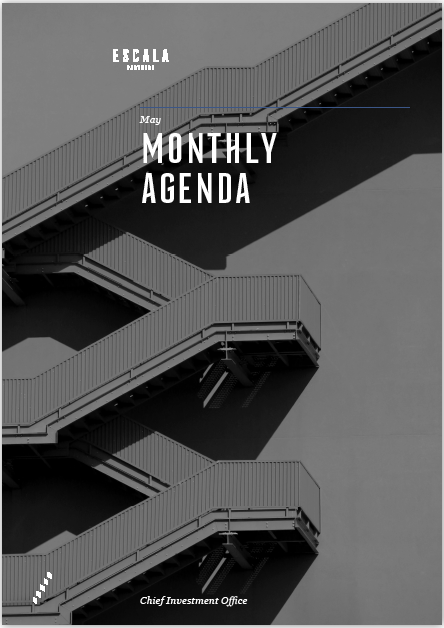-
Overview
The correlation between US equities and the US dollar is once again negative, as it was during the last time the US Federal Reserve undertook quantitative easing (QE). A stronger US dollar works against what the Fed is trying to achieve by tightening financial conditions. The willingness to do whatever it takes to sustain the recovery will necessarily involve the Fed targeting a weaker dollar – albeit without explicitly saying so.
Chart 8: QE has dollar weakness v equities strength again

Source: Bloomberg
If banks are a proxy of risk-on sentiment in euro-area equities, this chart should leave no doubt about what lies ahead for Europe. Concern is rising over fiscal sustainability, given that debt levels are already stretched in several countries. This, despite the European Central Bank being on the verge of finally getting proper help from politicians to fight the region’s economic battles with a 500 billion-euro coronavirus aid package.
Chart 9: Feeling unloved – European Banks

Source: Bloomberg
There’s been a lot of talk over why stocks have been so range-bound in recent weeks. Sure, there’s been volatility within the range, but there hasn’t really been a break-out in either direction. Investors it seems are trying to price the possibility of two binary outcomes. One outcome is a successful coronavirus vaccine is quickly developed and administered, setting much of the world on course for a V-shaped economic recovery. The other outcome is, no vaccine resulting in a series of rolling lockdowns that last for at least another year. Both scenarios are plausible, but hard to say which is more probable.
Chart 10: US S&P 500 – Stuck in a range

Source: Bloomberg







